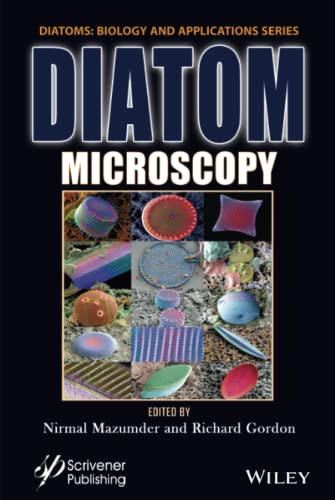

Most ebook files are in PDF format, so you can easily read them using various software such as Foxit Reader or directly on the Google Chrome browser.
Some ebook files are released by publishers in other formats such as .awz, .mobi, .epub, .fb2, etc. You may need to install specific software to read these formats on mobile/PC, such as Calibre.
Please read the tutorial at this link: https://ebookbell.com/faq
We offer FREE conversion to the popular formats you request; however, this may take some time. Therefore, right after payment, please email us, and we will try to provide the service as quickly as possible.
For some exceptional file formats or broken links (if any), please refrain from opening any disputes. Instead, email us first, and we will try to assist within a maximum of 6 hours.
EbookBell Team

4.4
52 reviewsThe main goal of the book is to demonstrate the wide variety of microscopy methods being used to investigate natural and altered diatom structures.
This book onDiatom Microscopygives an introduction to the wide panoply of microscopy methods being used to investigate diatom structure and biology, marking considerable advances in recent technology including optical, fluorescence, confocal and electron microscopy, surface-enhanced Raman spectroscopy (SERS), atomic force microscopy (AFM) and spectroscopy as applied to diatoms. Each chapter includes a tutorial on a microscopy technique and reviews its applications in diatom nanotechnology and diatom research. The number of diatomists, diatom research, and their publications are increasing rapidly. Although many books have dealt with various aspects of diatom biotechnology, nanotechnology, and morphology, to our knowledge, no volume exists that summarizes advanced microscopic approaches to diatoms. Audience The intended audience is academic and industry researchers as well as graduate students working on diatoms and diatom nanotechnology, including biosensors, biomedical engineering, solar panels, batteries, drug delivery, insect control, and biofuels.